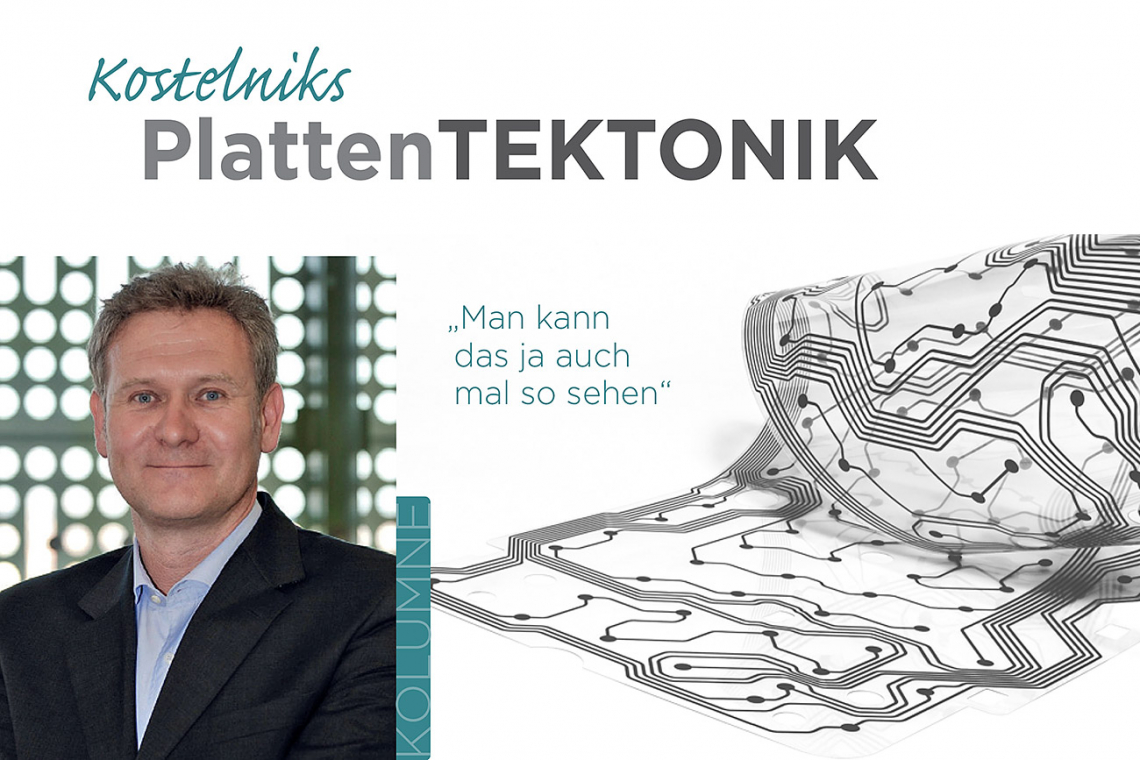Robotics is also evolving thanks to smart electronics and AI. In 2025, smart human robots will be on the cusp of widespread industrial use - especially in production.
A good year has passed since I wrote my column on the topic of the smart world[1]. A lot has happened in the meantime - a reason for me to take up this topic again now, especially with regard to smart robotics.
This time it's about developments in the human robot species. Technology has developed rapidly. Various human robots from Asia - especially Japan and China - as well as from the USA not only look like human models, but also move very skillfully in some cases (elegant might be a bit of an exaggeration - but some 'moves' look very similar to those of today's party comrades). Various videos can already be seen on social media. And we assume that these are not AI-generated sequences.
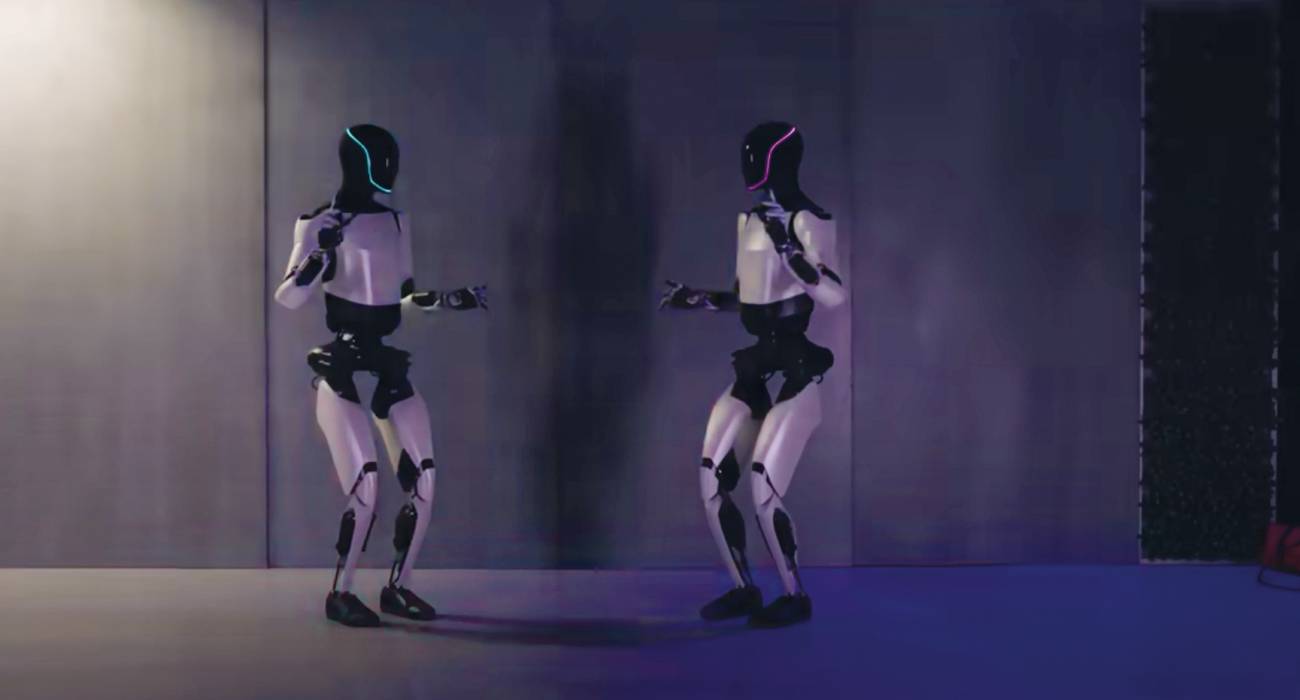 Fig. 1: Human robots on the dance floor
Fig. 1: Human robots on the dance floor
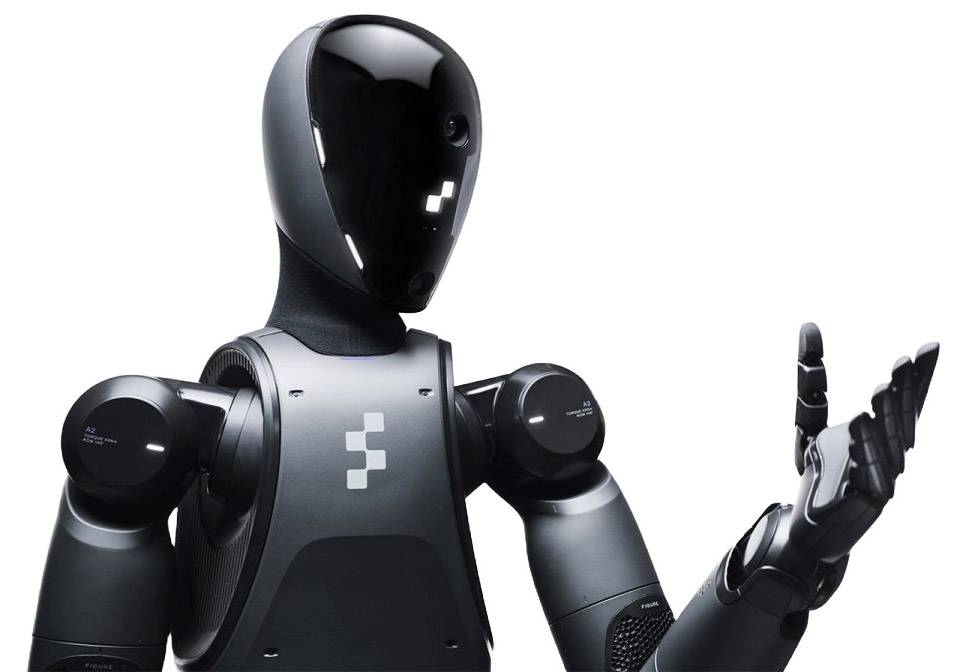 Fig. 2: Humanoid robot 'Figure 02' from the Californian company Figure, which is being tested at the BMW plant in Spartanburg (South Carolina, USA)
Fig. 2: Humanoid robot 'Figure 02' from the Californian company Figure, which is being tested at the BMW plant in Spartanburg (South Carolina, USA)
The basic building blocks are smart electronics, sensors, materials and software
Smart robotics - in this case human robotics - is no longer classic mechanical engineering. Key characteristics are determined by the use of smart materials and smart electronics (e.g. for sensors - see Fig. 3 with 'fingertip sensitivity'), smart design concepts (Beyond Human ... 360°+) and, last but not least, the use of smart data and AI.
When it comes to exoskeletons, the question of 'curse or blessing' always arises quickly, and this is also a world view as in the Jizai project [1]. There are huge differences in ethical issues (e.g. between Japan and Europe). With the use of human robots, this is no longer an issue - unless the ethics committees see it differently and elevate the robots to the status of a 'human or human-like subject' ... but I don't have the imagination for that now.
Perhaps it is precisely the unconditional availability of the technical helpers and thus also an irony of history that the first human robots (for example at Tesla or BMW Spartanburg) are starting work, while at the same time tens of thousands of employees in industry, especially in the automotive industry (see VW), are being made redundant. Of course, these robots should and will not only be used as kitchen helpers to break eggs, as in the Tesla presentation, but in many industrial sectors. The main focus here is on economic efficiency and automation in the economic sense. There are also videos on the Internet that demonstrate this impressively[3].
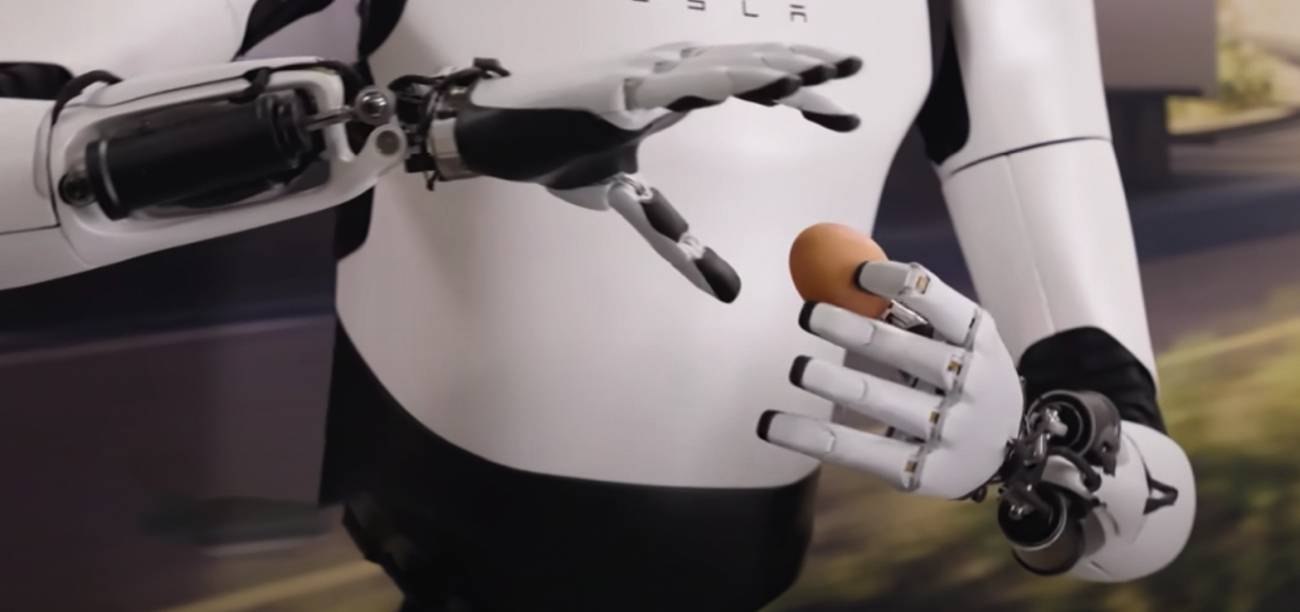 Fig. 3: Human robots with dexterity
Fig. 3: Human robots with dexterity
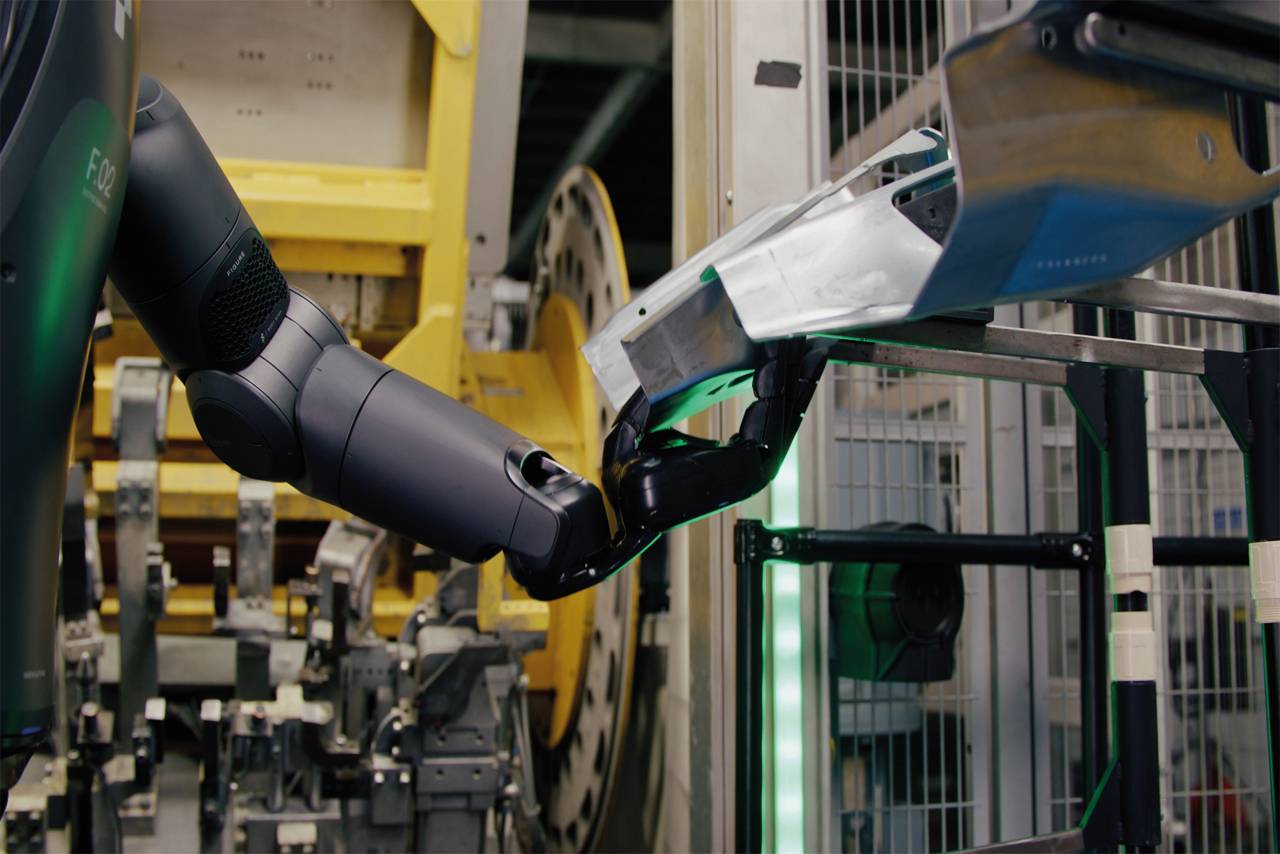 Fig. 4: 'Figure 02' at work for BMW in Spartanburg
Fig. 4: 'Figure 02' at work for BMW in Spartanburg
But let's stay with the technical requirements. Human robots will not only perform physically heavy work and 'work through' monotonous or mindless processes. They will also perform high-precision work - intelligent sensor technology and software will become increasingly dominant. But software and AI chips are not everything.[5][6] The technical capabilities of human robots are still developed by people, i.e. well-trained specialists. I have already pointed out several times that this requires above all technical understanding ... engineering knowledge! A general understanding of causalities from the fields of mathematics, physics and chemistry are important foundations. Otherwise we will - once again - leave innovation to others.
This means that the former flagship disciplines in Central Europe, such as mechanical engineering, electronics and electrical engineering, are in demand. Perhaps you, dear readers, have long been working on a project on human robots here in Europe, which is primarily intended for civilian purposes.
Please let me know.
You can also look at it this way - in a smart world.
Best regards
Jan Kostelnik
www.tebko.de
Sources
[1] Jan Kostelnik, Plate Tectonics 'Smart World', PLUS 1/2024 (p. 86).
[2] Screenshot Tesla presentation, December 14, 2023, 'Optimus - Gen 2 | Tesla', video (YouTube), www.youtube.com/watch?v=cpraXaw7dyc (accessed June 25, 2025).
[3] News about Artificial Intelligence' 19.11.2024, 'Tesla Optimus 'GEN 3'. Humanoid Hands Unveil NEW 22 Axis AI Tech (MELTANT α + β ROBOT)', Video (Youtube), www.youtube.com/watch?v=qgAw5eU9sjY (accessed June 25, 2025).
[4] https://www.bmwgroup.com/de/news/allgemein/2024/humanoide-roboter.html (accessed June 25, 2025).
[5] 'AI will make programming by programmers (software specialists) unnecessary in the future', Keynote March 18, 2024, San Jose, CA, Jensen Huang Founder and CEO NVIDIA GTC 2024.
[6] Jan Kostelnik, PlattenTektonik ' Layouters and designers face AI and robotics challenges ', PLUS 5/2024 (p. 548).

